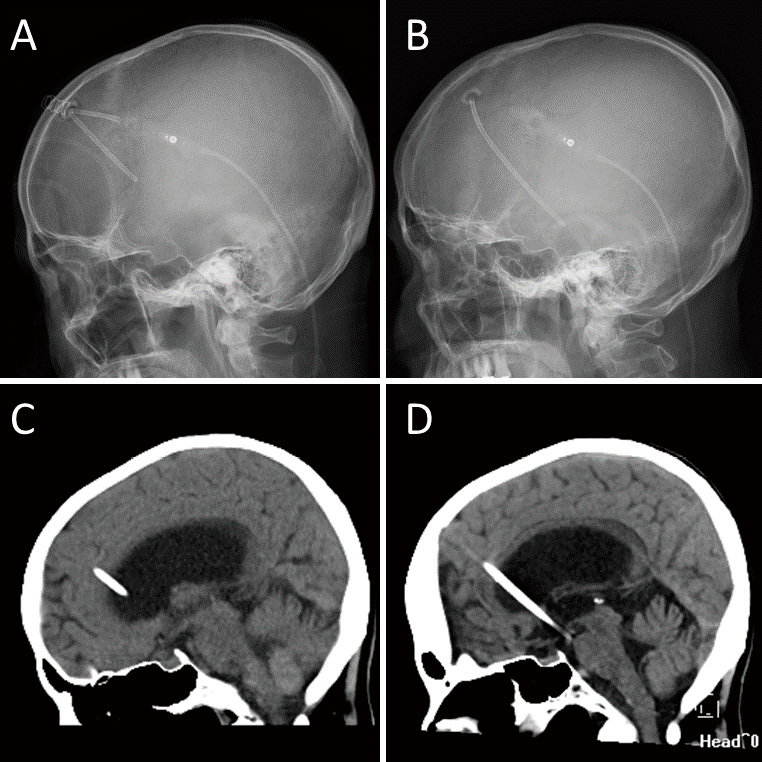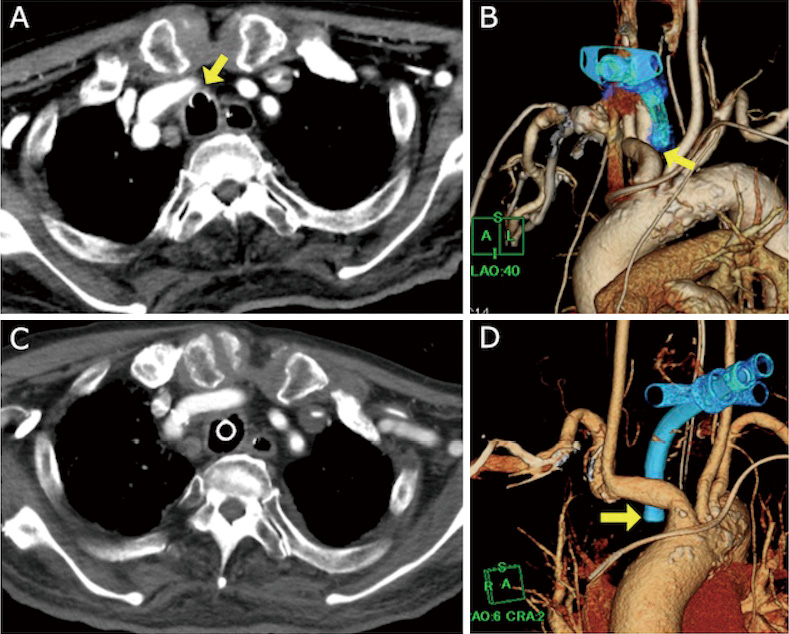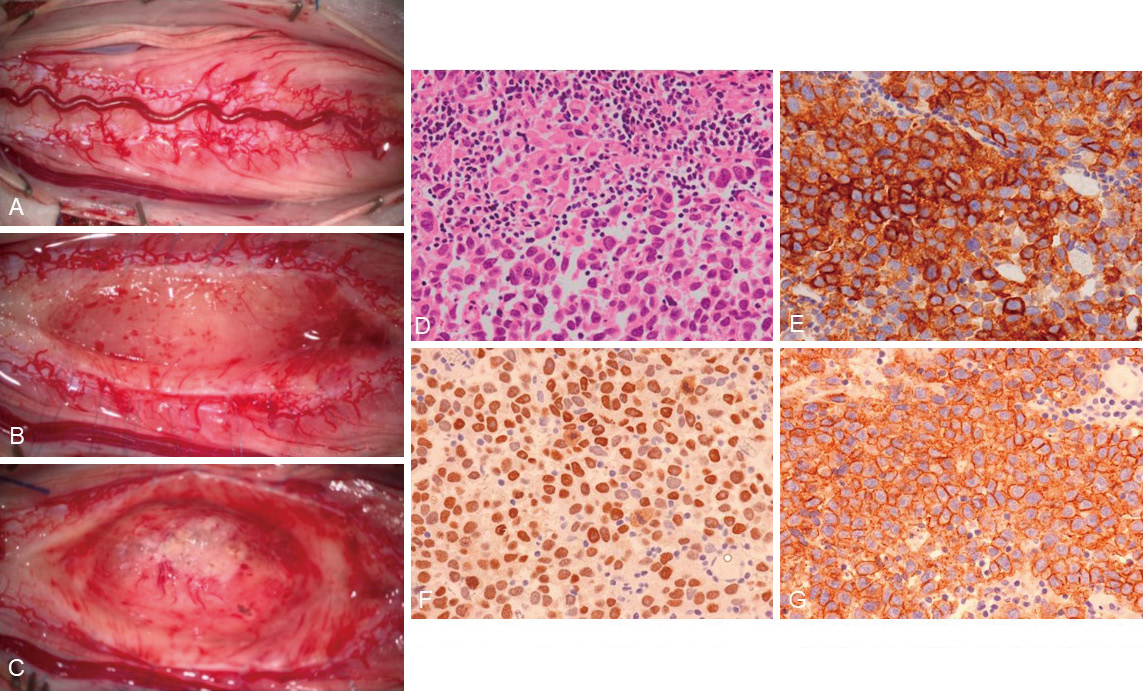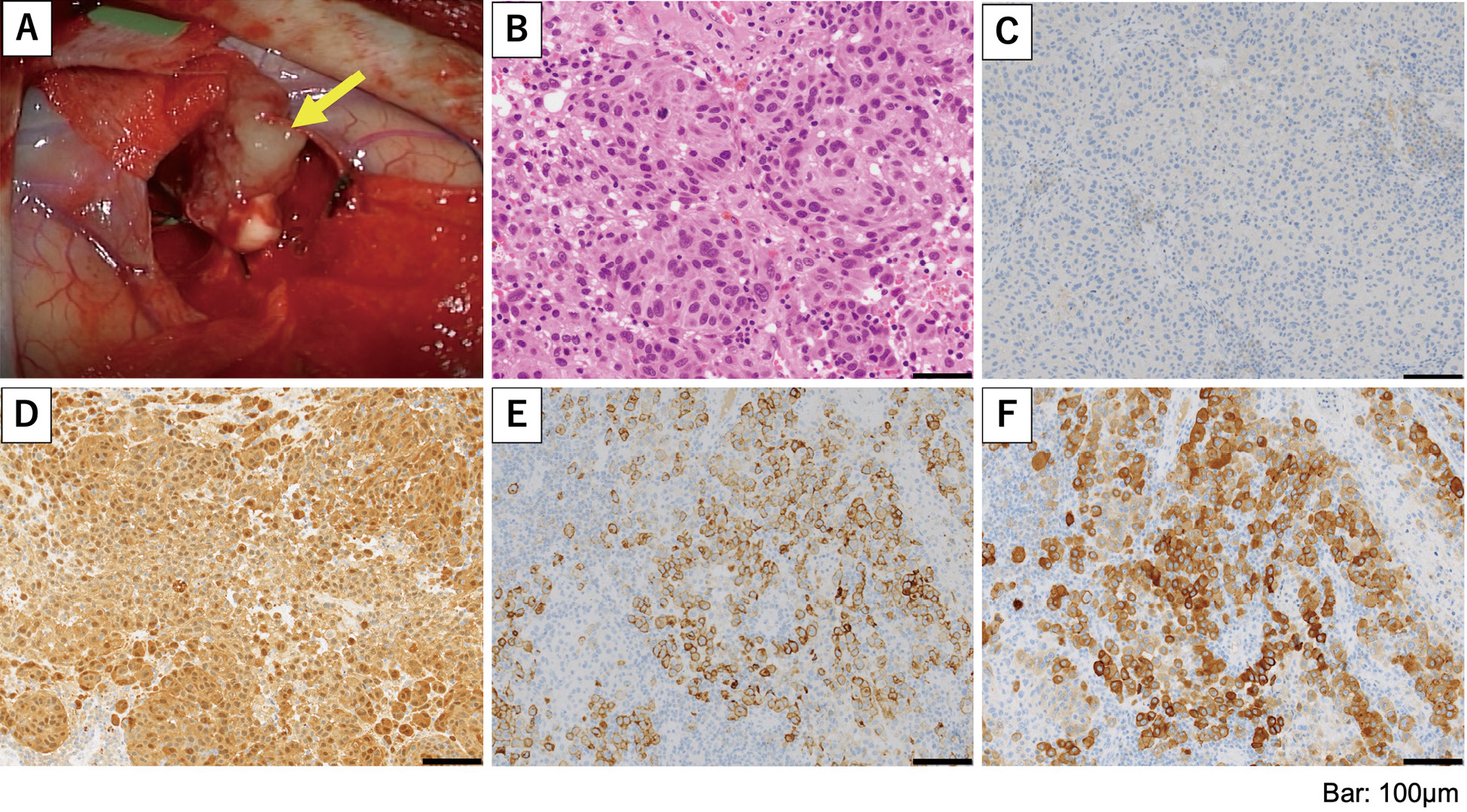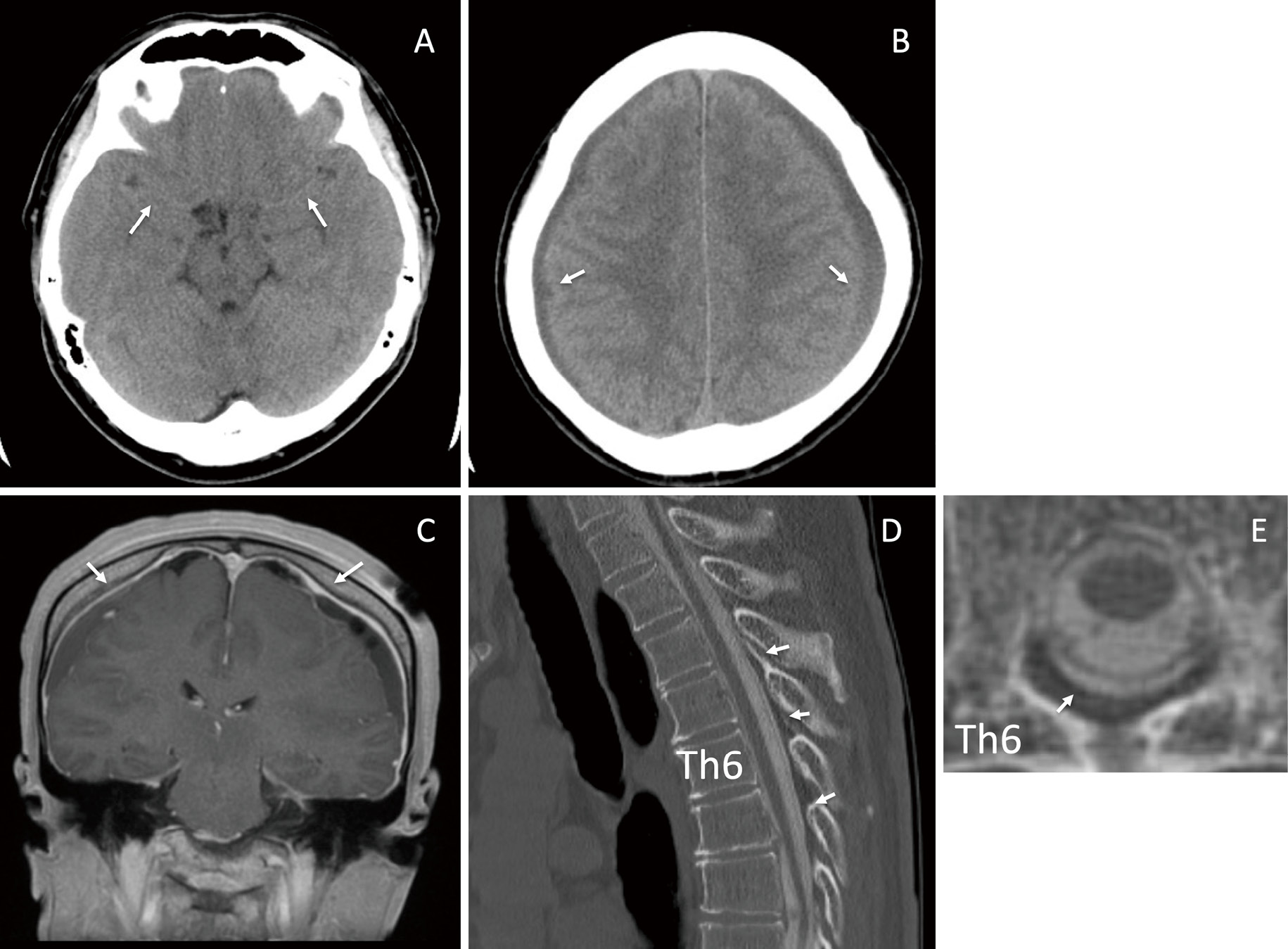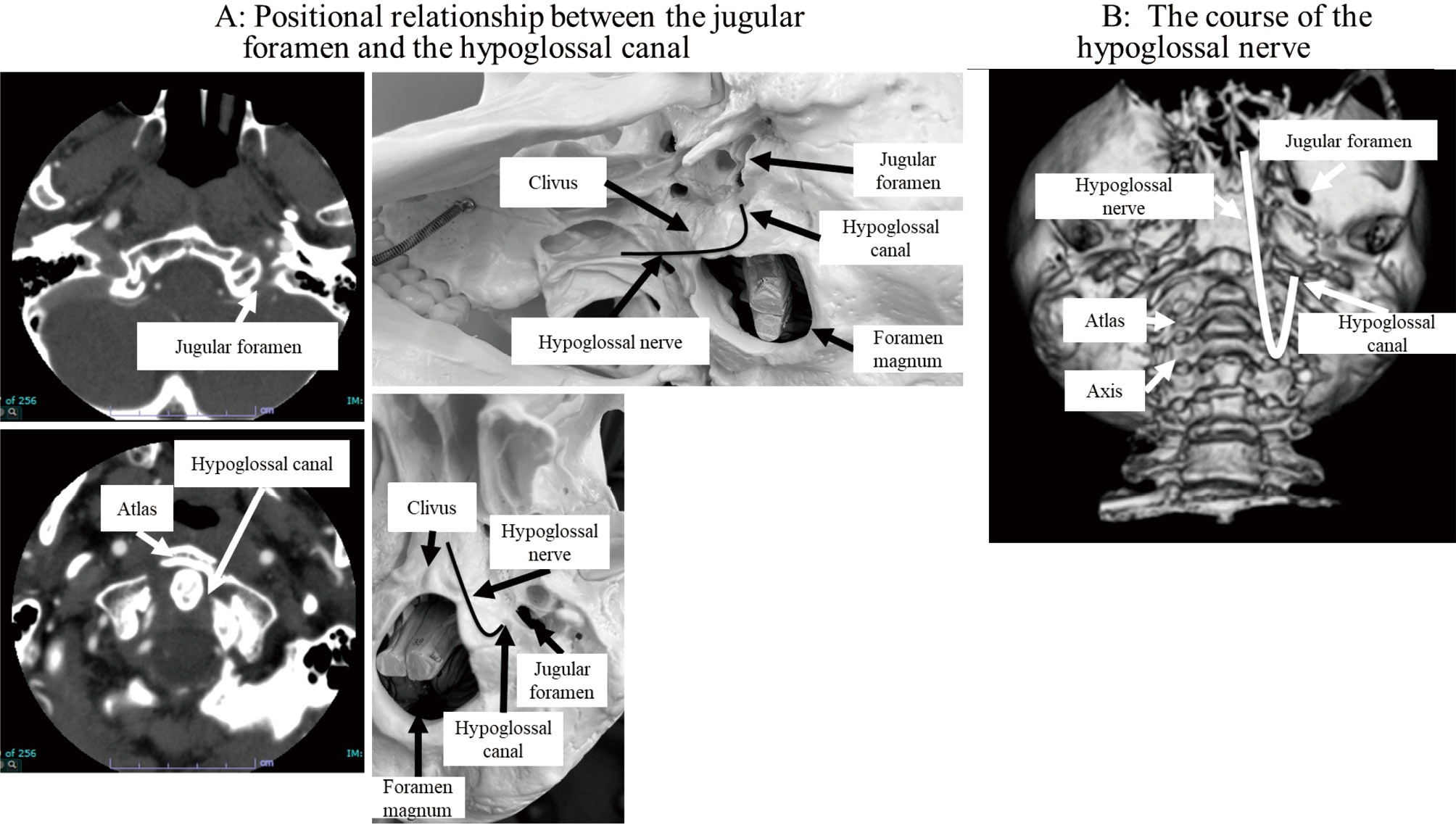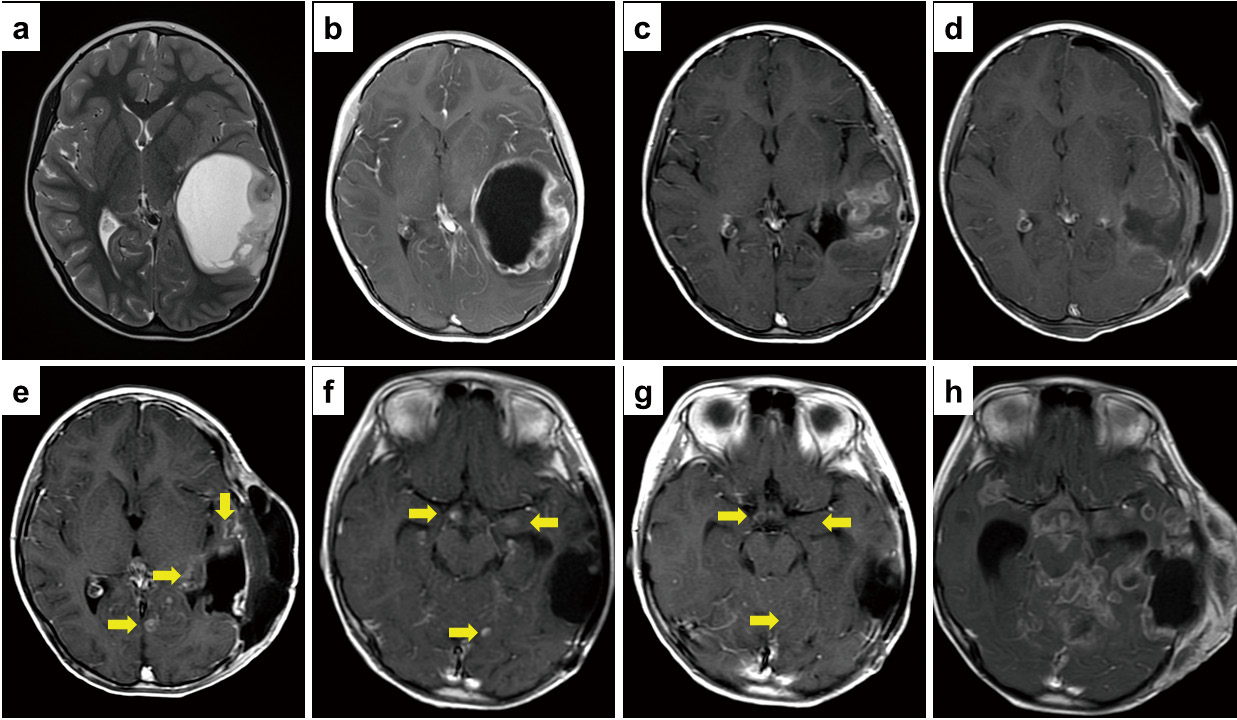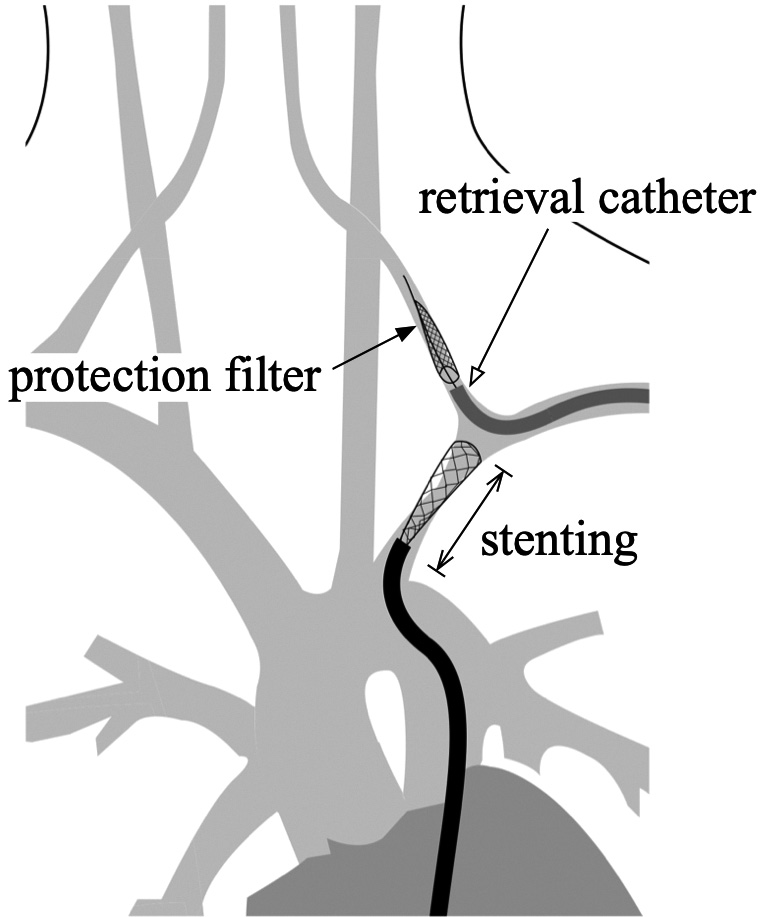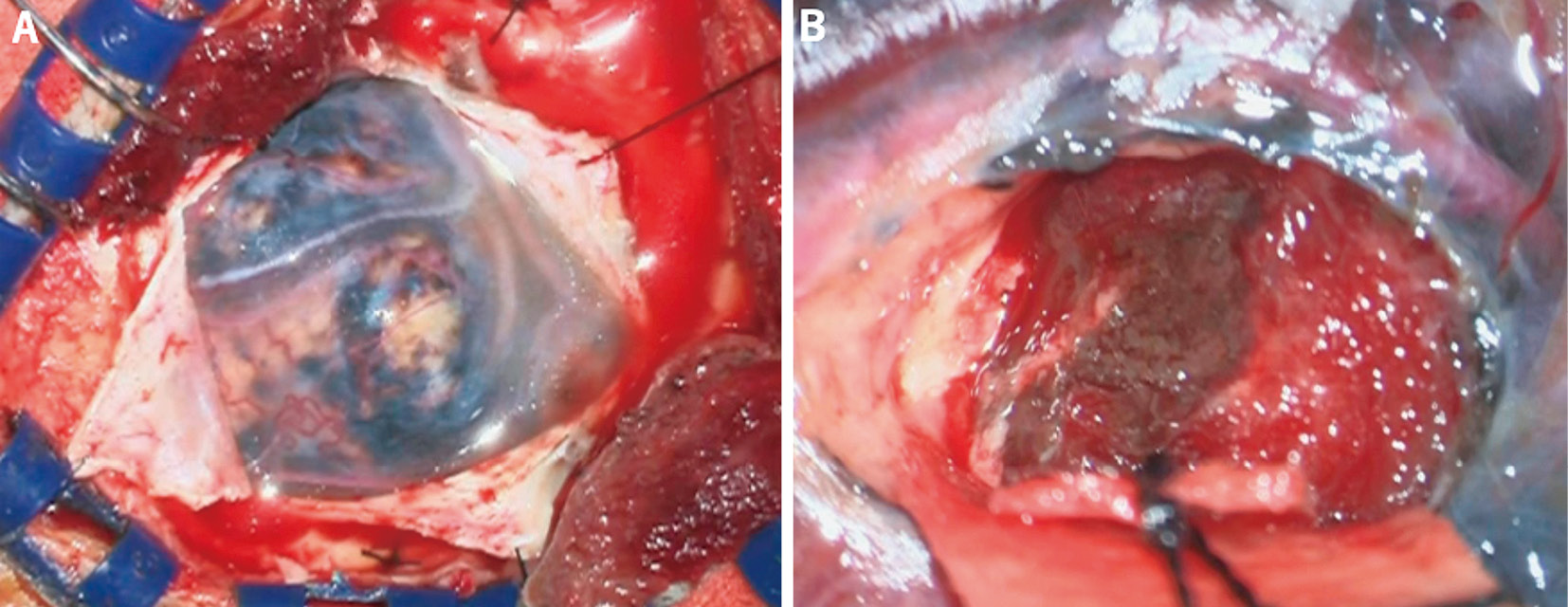Volume 10
Displaying 1-50 of 57 articles from this issue
CASE REPORT
-
2023Volume 10 Pages 1-7
Published: December 31, 2023
Released on J-STAGE: January 16, 2023
Download PDF (812K) Full view HTML -
2023Volume 10 Pages 9-14
Published: December 31, 2023
Released on J-STAGE: February 09, 2023
Download PDF (647K) Full view HTML -
2023Volume 10 Pages 15-20
Published: December 31, 2023
Released on J-STAGE: February 09, 2023
Download PDF (702K) Full view HTML -
2023Volume 10 Pages 21-25
Published: December 31, 2023
Released on J-STAGE: February 23, 2023
Download PDF (677K) Full view HTML -
2023Volume 10 Pages 27-32
Published: December 31, 2023
Released on J-STAGE: February 23, 2023
Download PDF (1147K) Full view HTML -
2023Volume 10 Pages 33-39
Published: December 31, 2023
Released on J-STAGE: February 23, 2023
Download PDF (1047K) Full view HTML -
2023Volume 10 Pages 41-45
Published: December 31, 2023
Released on J-STAGE: March 15, 2023
Download PDF (768K) Full view HTML -
2023Volume 10 Pages 47-50
Published: December 31, 2023
Released on J-STAGE: March 15, 2023
Download PDF (622K) Full view HTML -
2023Volume 10 Pages 51-54
Published: December 31, 2023
Released on J-STAGE: March 15, 2023
Download PDF (688K) Full view HTML -
2023Volume 10 Pages 55-60
Published: December 31, 2023
Released on J-STAGE: March 15, 2023
Download PDF (733K) Full view HTML -
2023Volume 10 Pages 61-66
Published: December 31, 2023
Released on J-STAGE: March 24, 2023
Download PDF (897K) Full view HTML -
2023Volume 10 Pages 67-73
Published: December 31, 2023
Released on J-STAGE: March 24, 2023
Download PDF (1815K) Full view HTML -
2023Volume 10 Pages 75-80
Published: December 31, 2023
Released on J-STAGE: March 24, 2023
Download PDF (1323K) Full view HTML -
2023Volume 10 Pages 81-85
Published: December 31, 2023
Released on J-STAGE: March 24, 2023
Download PDF (609K) Full view HTML -
2023Volume 10 Pages 87-92
Published: December 31, 2023
Released on J-STAGE: April 10, 2023
Download PDF (1549K) Full view HTML -
2023Volume 10 Pages 93-98
Published: December 31, 2023
Released on J-STAGE: April 10, 2023
Download PDF (1050K) Full view HTML -
2023Volume 10 Pages 99-102
Published: December 31, 2023
Released on J-STAGE: April 10, 2023
Download PDF (411K) Full view HTML -
2023Volume 10 Pages 103-108
Published: December 31, 2023
Released on J-STAGE: April 21, 2023
Download PDF (1333K) Full view HTML -
2023Volume 10 Pages 109-113
Published: December 31, 2023
Released on J-STAGE: April 21, 2023
Download PDF (1097K) Full view HTML -
2023Volume 10 Pages 115-119
Published: December 31, 2023
Released on J-STAGE: April 21, 2023
Download PDF (1503K) Full view HTML -
2023Volume 10 Pages 121-124
Published: December 31, 2023
Released on J-STAGE: May 17, 2023
Download PDF (484K) Full view HTML -
2023Volume 10 Pages 125-130
Published: December 31, 2023
Released on J-STAGE: May 17, 2023
Download PDF (980K) Full view HTML -
2023Volume 10 Pages 131-137
Published: December 31, 2023
Released on J-STAGE: May 17, 2023
Download PDF (1664K) Full view HTML -
2023Volume 10 Pages 139-143
Published: December 31, 2023
Released on J-STAGE: May 17, 2023
Download PDF (1204K) Full view HTML -
2023Volume 10 Pages 145-150
Published: December 31, 2023
Released on J-STAGE: May 17, 2023
Download PDF (582K) Full view HTML -
2023Volume 10 Pages 157-162
Published: December 31, 2023
Released on J-STAGE: June 06, 2023
Download PDF (732K) Full view HTML -
2023Volume 10 Pages 163-168
Published: December 31, 2023
Released on J-STAGE: June 06, 2023
Download PDF (633K) Full view HTML -
2023Volume 10 Pages 169-175
Published: December 31, 2023
Released on J-STAGE: June 06, 2023
Download PDF (1287K) Full view HTML -
2023Volume 10 Pages 177-183
Published: December 31, 2023
Released on J-STAGE: June 26, 2023
Download PDF (653K) Full view HTML -
2023Volume 10 Pages 185-189
Published: December 31, 2023
Released on J-STAGE: June 26, 2023
Download PDF (796K) Full view HTML -
2023Volume 10 Pages 191-195
Published: December 31, 2023
Released on J-STAGE: June 26, 2023
Download PDF (442K) Full view HTML -
2023Volume 10 Pages 197-202
Published: December 31, 2023
Released on J-STAGE: June 26, 2023
Download PDF (1906K) Full view HTML -
2023Volume 10 Pages 203-208
Published: December 31, 2023
Released on J-STAGE: July 13, 2023
Download PDF (907K) Full view HTML -
2023Volume 10 Pages 209-213
Published: December 31, 2023
Released on J-STAGE: July 13, 2023
Download PDF (601K) Full view HTML -
2023Volume 10 Pages 215-220
Published: December 31, 2023
Released on J-STAGE: July 13, 2023
Download PDF (827K) Full view HTML -
2023Volume 10 Pages 221-226
Published: December 31, 2023
Released on J-STAGE: August 03, 2023
Download PDF (1216K) Full view HTML -
2023Volume 10 Pages 227-233
Published: December 31, 2023
Released on J-STAGE: August 03, 2023
Download PDF (594K) Full view HTML -
2023Volume 10 Pages 235-239
Published: December 31, 2023
Released on J-STAGE: September 29, 2023
Download PDF (1232K) Full view HTML -
2023Volume 10 Pages 241-245
Published: December 31, 2023
Released on J-STAGE: September 29, 2023
Download PDF (626K) Full view HTML -
2023Volume 10 Pages 247-252
Published: December 31, 2023
Released on J-STAGE: September 29, 2023
Download PDF (1353K) Full view HTML -
2023Volume 10 Pages 253-257
Published: December 31, 2023
Released on J-STAGE: September 29, 2023
Download PDF (796K) Full view HTML -
2023Volume 10 Pages 259-263
Published: December 31, 2023
Released on J-STAGE: September 29, 2023
Download PDF (557K) Full view HTML -
2023Volume 10 Pages 265-271
Published: December 31, 2023
Released on J-STAGE: October 14, 2023
Download PDF (3085K) Full view HTML -
2023Volume 10 Pages 279-283
Published: December 31, 2023
Released on J-STAGE: October 14, 2023
Download PDF (553K) Full view HTML -
2023Volume 10 Pages 285-289
Published: December 31, 2023
Released on J-STAGE: October 14, 2023
Download PDF (1299K) Full view HTML -
2023Volume 10 Pages 291-297
Published: December 31, 2023
Released on J-STAGE: October 14, 2023
Download PDF (1377K) Full view HTML -
2023Volume 10 Pages 299-302
Published: December 31, 2023
Released on J-STAGE: October 14, 2023
Download PDF (633K) Full view HTML -
2023Volume 10 Pages 303-308
Published: December 31, 2023
Released on J-STAGE: October 14, 2023
Download PDF (1185K) Full view HTML -
2023Volume 10 Pages 309-314
Published: December 31, 2023
Released on J-STAGE: November 11, 2023
Download PDF (1378K) Full view HTML -
2023Volume 10 Pages 315-320
Published: December 31, 2023
Released on J-STAGE: November 11, 2023
Download PDF (942K) Full view HTML


